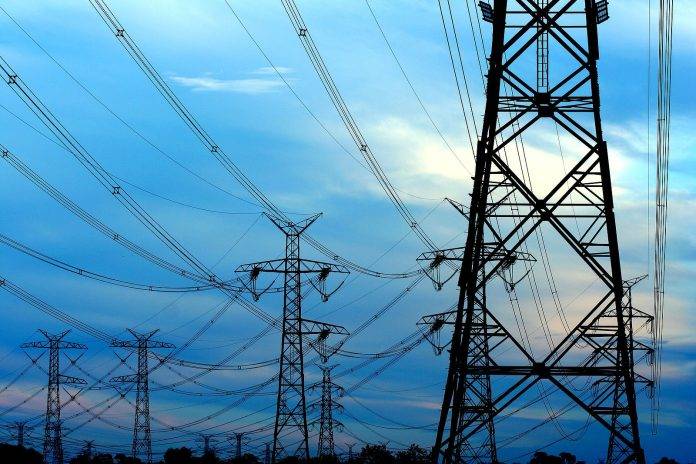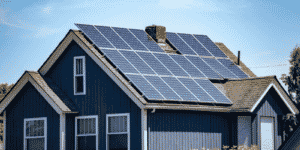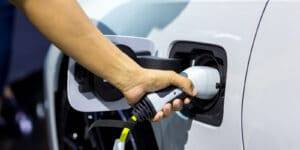When will the grid go down? In today’s fast-paced world, we rely on electricity to power practically every aspect of our lives. But what if the grid that supplies our power suddenly goes dark one day? The thought is enough to send shivers down your spine.
Numerous threats, from natural disasters to cyberattacks, could potentially knock out our power supply. This article delves into the secrets and truths behind the potential question of when the grid will go down and, most importantly, explore when this catastrophe might occur.
Table of Contents
So when will the grid go down? With our increasing dependence on technology and the rapid advancements in the digital age, the vulnerability of our power grids becomes more apparent. This looming threat raises critical questions: Is the grid equipped to withstand these potential risks? Are we prepared for a world without electricity?
And most importantly, is there a countdown ticking away to the moment the grid finally goes down? Join us as we unveil the secrets, reveal the truths, and attempt to decipher when this potential doomsday scenario might become a reality. It’s time to face the uncertain future of our power supply.
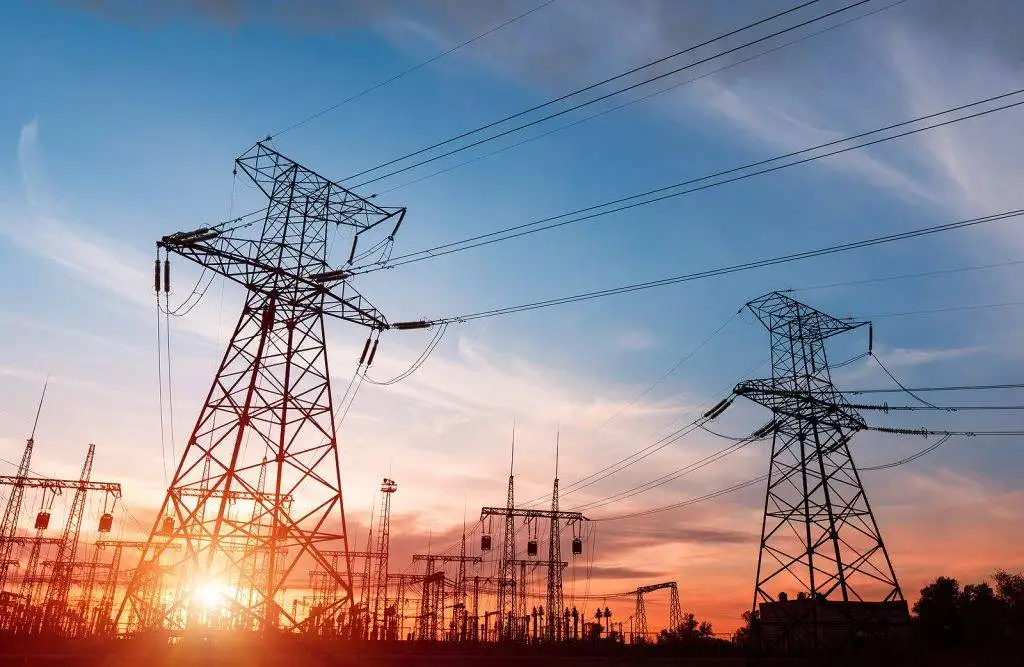
When Will the Grid Go Down: Potential Threats
The grid that powers our homes and businesses is not invincible. It faces numerous potential threats that could lead to a catastrophic failure. One of the primary threats is natural disasters. Severe storms, hurricanes, earthquakes, and wildfires all have the potential to disrupt the power grid. When infrastructure is damaged, restoring power to affected areas can take days, weeks, or even months.
So when will the grid go down? As climate change exacerbates the issue, the frequency and severity of natural disasters also increase, putting our grid at even greater risk.
Another Significant Threat to the Grid is Cyberattacks.
In today’s interconnected world, hackers can infiltrate critical infrastructure systems and disrupt the power supply. A well-executed cyberattack on the grid could have devastating consequences, leading to widespread power outages and chaos. These attacks can be carried out by hostile nations, terrorist organizations, or even individual hackers seeking to cause disruption and chaos, so this is another reason to wonder when the grid will go down.
Additionally, electromagnetic pulses (EMPs) pose a potential threat to the grid. EMPs can be caused by high-altitude nuclear detonations or solar flares. These pulses can induce powerful electrical currents that overload and damage electrical equipment, potentially leading to a widespread blackout. While the possible likelihood of a larger-scale EMP event is relatively low, the impact could be catastrophic, causing long-term damage to the grid and leaving us without power for an extended period.
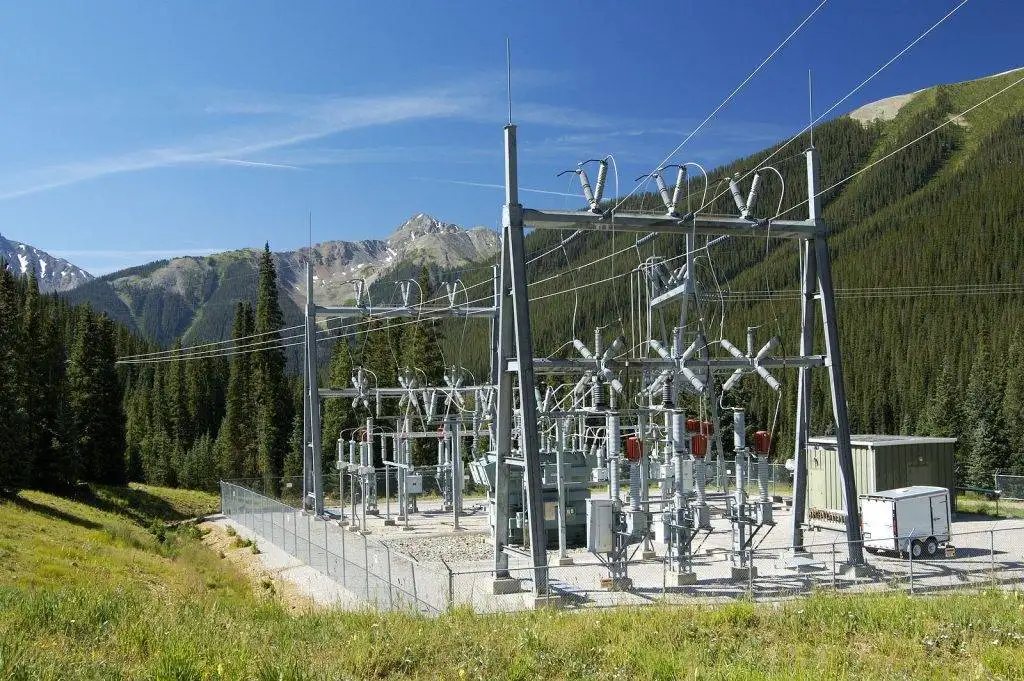
The current State of the Grid’s Infrastructure
The current state of our power grid’s infrastructure is a topic of concern. Aging infrastructure, inadequate maintenance, and limited investment have left our grid vulnerable to potential failures. Many parts of the grid need to be updated and designed to withstand the demands of the modern world. As our population grows and our energy consumption increases, the strain on the grid continues to mount.
Furthermore, the ever increasing integration of renewable energy sources, such as solar and wind, presents new challenges for the grid. These energy sources are intermittent, and the grid must be able to handle power fluctuations in supply and demand. With the necessary upgrades and investments, the grid may be able to adapt to the changing energy landscape, increasing the risk of failures and blackouts.
The Consequences of When Will the Grid Go Down
The consequences of a grid failure can be far-reaching and severe. Without electricity, our daily lives would be disrupted in unimaginable ways. Bare necessities such as lighting, heating, and refrigeration would become inaccessible.
Communication systems would fail, making it challenging to coordinate emergency response efforts. Medical facilities would struggle to function, putting lives at risk. The loss of power would also impact transportation systems, financial institutions, and other critical infrastructure, leading to economic turmoil.
The societal impact of a grid failure cannot be underestimated. Panic, unrest, and a breakdown of social order may ensue. The longer the blackout persists, the more dire the situation becomes. As we have become increasingly reliant on technology and electricity, the sudden loss of power would profoundly impact our lives and our ability to function as a society.
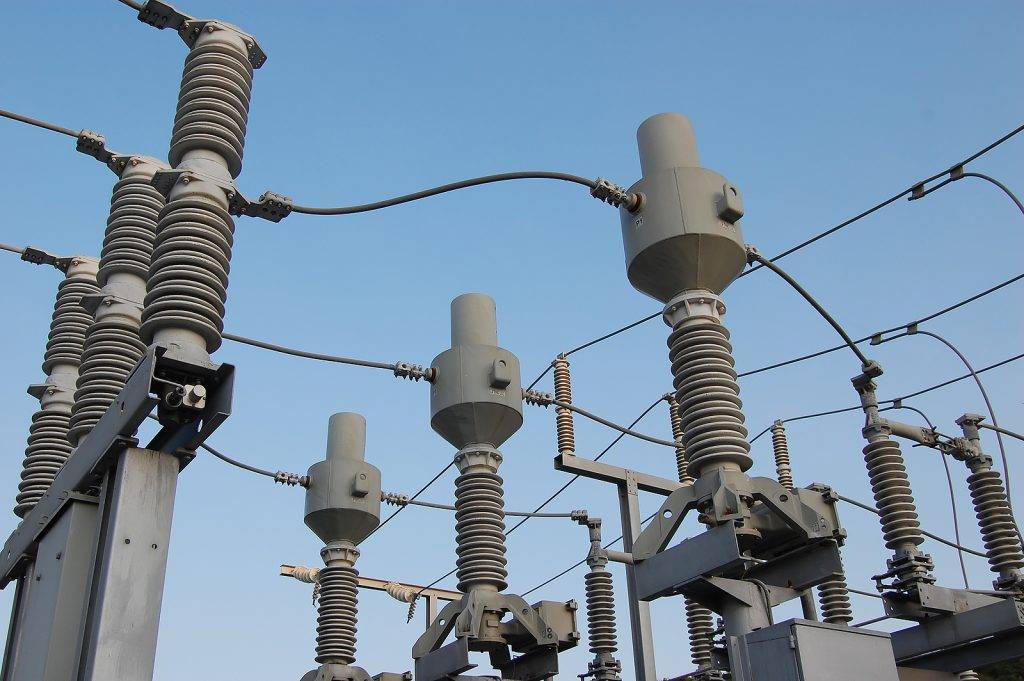
Signs that the Grid May be at Risk
While the exact timing of a grid failure is uncertain, some signs indicate the grid may be at risk. One key indicator is the increasing frequency and severity of natural disasters. As mentioned earlier, climate change is causing more frequent and intense storms, which can damage power infrastructure. Another reason people are worried about when the grid will go down
Monitoring weather patterns and staying informed about potential threats can help identify when the grid may be in danger.
Another sign to watch for is an increase in cyberattacks targeting critical infrastructure. News of successful attacks or breaches in other sectors should serve as a warning sign that the grid may also be at risk.
Additionally, reports of vulnerabilities in the grid’s infrastructure or warnings from government agencies about potential threats should be taken seriously.
Preparing For When Will the Grid Go Down
While we may not be able to prevent a grid failure, we can take steps to prepare ourselves for it. It’s crucial to have emergency supplies on hand, including food, water, flashlights, batteries, and backup power sources such as a generator, solar panels, or Ecoflow.
Making a family emergency plan and staying informed about local emergency protocols can also help ensure your safety during a grid failure.
Furthermore, it’s essential to have a means of communication during a blackout. A battery-powered or hand-cranked emergency radio can keeping you up to date on the latest news and emergency information. It’s also a good idea to have a designated meeting place and a plan for reuniting with loved ones in case of separation during a grid failure.
Steps to Take During a Grid Failure
When the grid goes down, staying calm and making sure the necessary steps to protect your safety and well-being is essential. Start by securing your immediate surroundings and assessing any potential dangers. Turn off electrical appliances to prevent damage from power surges when the grid returns online. Use flashlights or battery-powered lanterns instead of candles to avoid fire risk. Limit your use of cellular devices to conserve battery life and use them only for emergencies.
If you have a backup power source, follow the manufacturer’s instructions for safe and proper use. Be mindful of carbon monoxide poisoning and ensure appropriate ventilation using fuel-based generators. Avoid unnecessary travel during a blackout, as traffic lights may be out and road conditions may be hazardous. Stay informed through battery-powered radios or other means of communication to receive updates about the restoration of power and any safety advisories.
Government efforts to protect the grid and address vulnerabilities. Recognizing the critical importance of a resilient power grid, governments worldwide are taking steps to protect and improve its infrastructure.
The Department of Energy has established programs and initiatives in the United States to enhance the grid’s security and resiliency. These efforts include investing in research and development of advanced grid technologies, promoting information sharing and collaboration among industry stakeholders, and implementing cybersecurity standards and best practices.
Similarly, other countries are also prioritizing grid security. Canada has developed a comprehensive strategy to protect critical infrastructure, including the power grid, from cyber threats. European Union member states have adopted the NIS Directive to improve the cybersecurity and resilience of essential services, including the energy sector. These government efforts are crucial in mitigating risks and ensuring the long-term viability of our power supply.
The Future of the Grid: When Will the Grid Go Down
As we strive to protect our power grid from potential threats, technological advancements, and resiliency measures offer hope for a more secure future. Innovative grid technologies, including advanced sensors, real-time monitoring, and automated response systems, can detect and respond to disruptions more efficiently.
Energy storage technologies, such as improved batteries and pumped hydro storage, can help mitigate the impact of intermittent renewable energy sources and provide backup power during grid failures.
Decentralizing the grid through microgrids and distributed energy resources can improve resiliency by reducing reliance on centralized power plants and transmission lines. These localized systems can continue to provide power to critical facilities even if the primary grid fails. Additionally, increased investments in infrastructure upgrades and maintenance can help address the vulnerabilities of an aging grid and ensure its reliability in the face of emerging threats.
Conclusions So When Will the Grid Go Down
The countdown to a potential grid failure may be uncertain, but the threats and vulnerabilities are real. From natural disasters to cyberattacks, our power grid faces numerous risks that could lead to a catastrophic failure.
While government efforts and technological advancements offer hope for a more resilient future, individuals and communities must take steps to prepare for a potential grid failure. By being informed, having emergency supplies, and understanding how to navigate a blackout, we can increase our chances of safety and survival. The countdown is ticking, and it’s time to face the uncertain future of our power supply.
Read more – 4 Things You Should Know Before Getting Solar Panels


